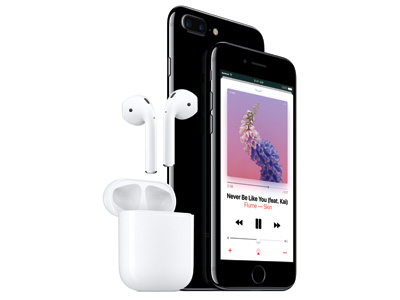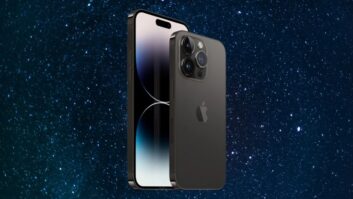
Although the iPhone 7 is performing comparably to its predecessor, iPhone users are still hanging on to their phones for longer periods, new research from Consumer Intelligence Research Partners (CIRP) indicates.
According to the firm, the iPhone U.S. installed base reached 136 million units as of March 31, up from 132 million units on Dec. 31, 2016. The iPhone 7 and 7 Plus account for 36 million units in this group, or 26 percent — a percentage that matches the performance of the iPhone 6S and 6S two quarters after their own launches.
The iPhone 6S and 6S Plus accounted for 45 million units (34 percent), while the iPhone 6 and 6 Plus were 45 million units (33 percent).
CIRP surveyed 500 U.S. Apple customers from April 1-22, who had purchased an iPhone, iPad or Mac in January, February or March.
“The Apple iPhone U.S. installed base now consists almost entirely of iPhones introduced in the past 30 months,” said Josh Lowitz, CIRP partner and co-founder, in a statement. “The oldest of those phones, the iPhone 6 and 6 Plus, maintain a significant presence, following their powerful launch.”

Noted Lowitz, “Two quarters after their launch in 2014, the iPhone 6 and 6 Plus accounted for 44 percent of the iPhone installed base, and two years later they still comprise 33 percent of iPhones in use in the U.S.”
As of March 31, the installed base grew 3 percent vs. the prior quarter and 15 percent vs. the prior year. However, CIRP noted that last year, the base grew 7 percent vs. the prior quarter and 37 percent vs. the prior year.
“Growth in the U.S. installed has slowed considerably in the past year,” said Mike Levin, partner and CIRP co-founder. A lengthening ownership cycle meeting a shrinking number of first-time buyers was cited as a contributing factor, as was increased Android loyalty.
Last quarter, the research firm reported that most consumers taking the plunge into the Lightning-only iPhone 7 were Apple loyalists, with Android switchovers trending toward the older-model iPhones.
See also: Apple Joins Wireless Charging Consortium Ahead Of iPhone 8
“It makes sense that Apple has turned to services revenue as it seeks to monetize this stable base of customers. The question remains, what is iPhone’s saturation level in less mature markets around the world, and to what extent growing service revenue can compensate for flattening U.S. iPhone sales?” asked Levin.
More consumers are choosing the larger-sized Plus iPhone models. The 6 Plus, 6S Plus and 7 Plus accounted for 37 percent of the base in the first quarter of the year vs. 27 percent in the prior-year period.
Apple released its fiscal second-quarter earnings report earlier this week, revealing it had sold 50.76 million iPhones during the quarter. This is down from 78.29 million in its fiscal first quarter — a record for the company — and 51.19 million in the prior-year period.













